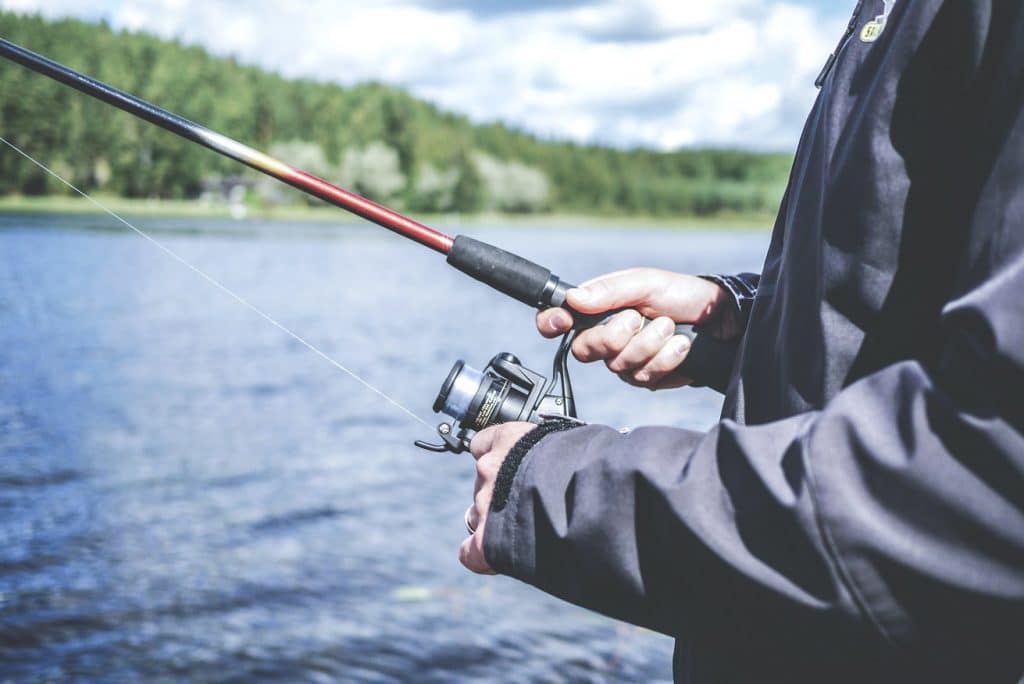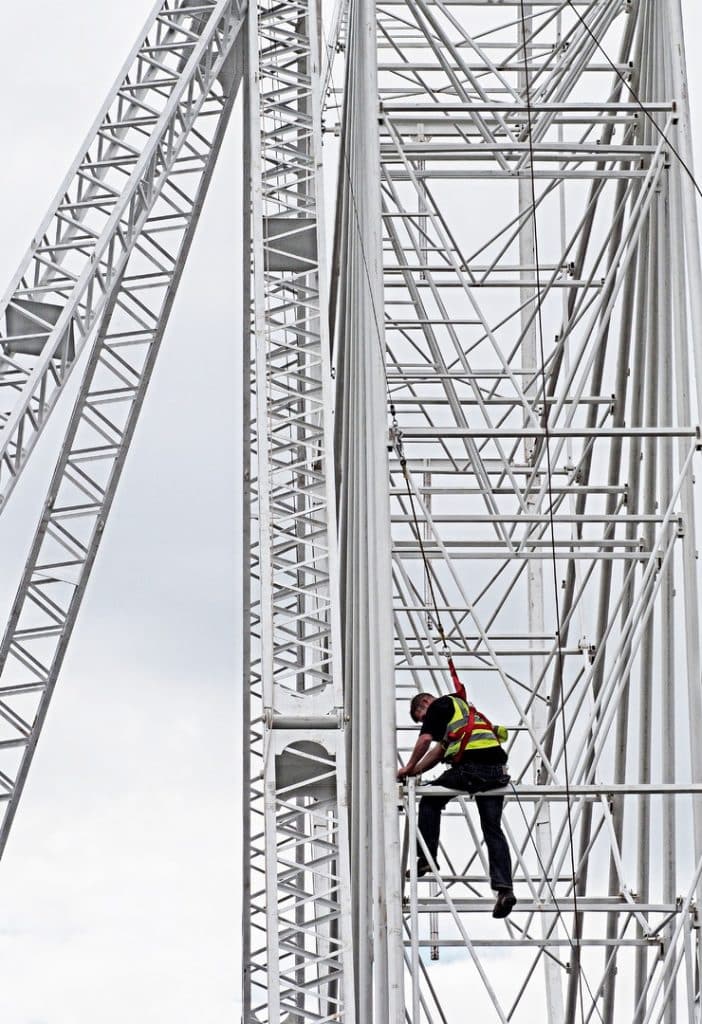The Environment Agency has prosecuted two men for angling offences. Wayne Knight of Cosby, Leicester, was fined £220, ordered to pay costs of £135 plus a victim’s surcharge of £34. Knight admitted fishing without a licence at Mill on the Soar, Sutton Elms, on 1 February 2022.
Lester McManus of Leicester, was fined £40, ordered to pay costs of £135 plus a victim’s surcharge of £34. McManus admitted fishing for freshwater fish during the close season at Aylestone on the River Soar on 24 March 2022.

A spokesperson for the Environment Agency said:
“These cases show we pursue offenders through the courts and won’t hesitate to take enforcement action where anglers break rules.”
Anyone found fishing illegally may face prosecution and a fine of up to £2,500.
Any angler aged 13 or over, fishing on a river, canal or still water needs a licence. The money raised through the sales of rod licences is re-invested back into the sport and illegal fishing undermines the Environment Agency’s efforts to make fishing sustainable.
A 1-day licence costs from just £6 and an annual licence costs from just £30 (concessions available). Junior licences are free for 13 – 16-year-olds.
Licences are available online or by calling the Environment Agency on 0344 800 5386 between 8am and 6pm, Monday to Friday. The Environment Agency carries out enforcement work all year round and is supported by partners including the police and the Angling Trust. Fisheries enforcement work is intelligence-led, targeting known hot-spots and where illegal fishing is reported.
If you require advice on environmental issues, please contact one of the Ashbrooke team.

